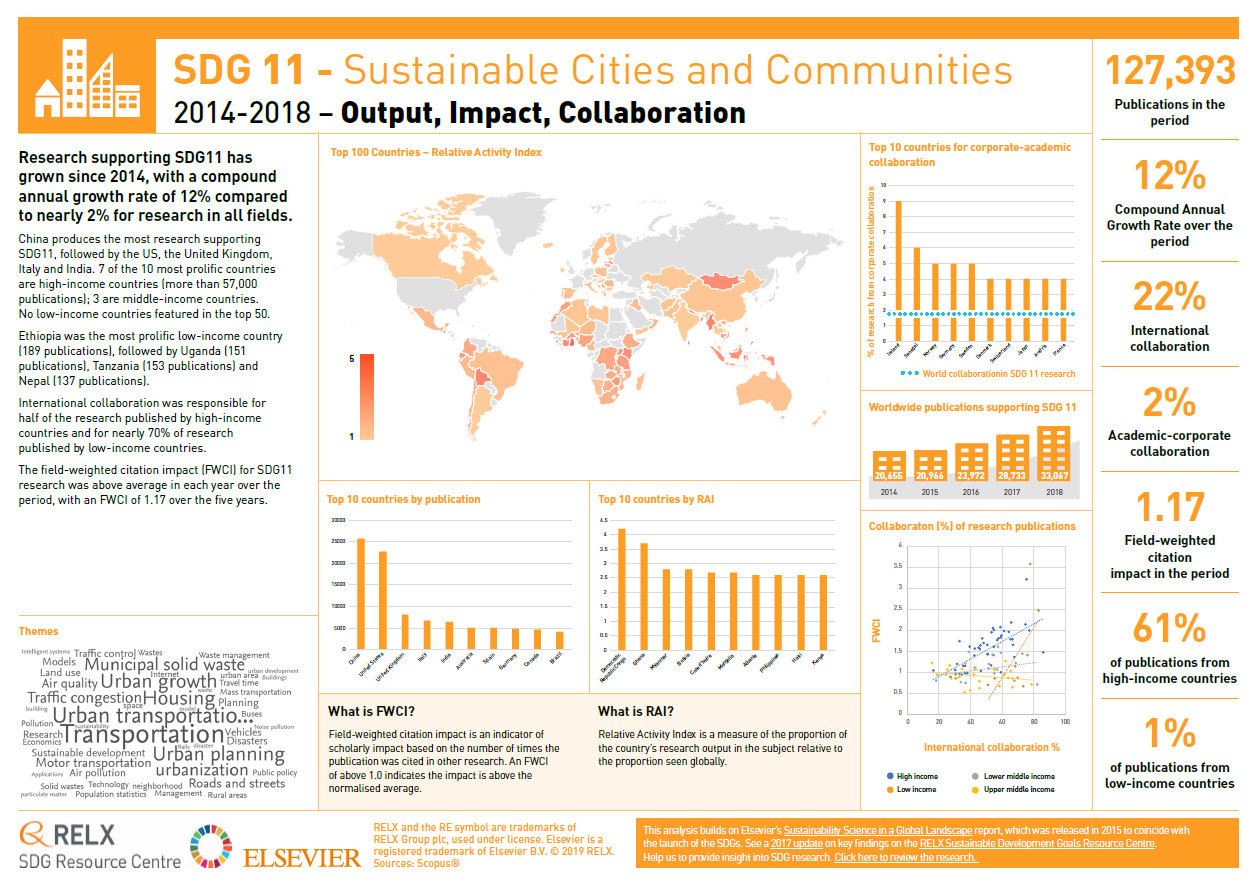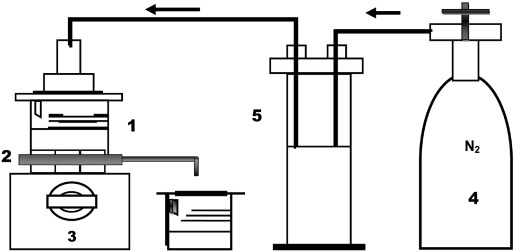The latest analysis of SDG-supporting research focusses on SDG 11: Sustainable Cities and Communities. This graphic shows key metrics for research into Sustainable Cities.
This chapter addresses Goal 3 by discussing early interventions for autistic children via a mobile service system.
This book chapter advances SDGs 3 and 13 by highlighting the green and sustainable alternatives that have been used so far in the open literature for the production of waterborne polymeric dispersions.
Long-term electrolysis with a thick Pd electrode in 0.1. M LiOD was performed. Some techniques to conduct clean and stable electrolysis are described. The surface morphology of postelectrolysis Pd electrodes was analyzed: it consisted of holes and two long faults without any crack. To understand the evolution of the morphology, the physicochemical properties of hydrated Pd have been studied by in situ potentiometric, resistance, and dilatometric measurements. The results of microstructural changes were further analyzed with reference to knowledge of hydrogen embrittlement.
Elsevier,
Encyclopedia of Renewable and Sustainable Materials: Nanomaterial for CO2 Sequestration, Volume 3, 2020
This book chapter advances SDGs 7, 13, and 12 by describing promising nanomaterials for the capture of CO2 emissions. Since it will take time for the world to rely solely on renewables, nanomaterials for carbon capture can help protect the atmosphere from harmful greenhouse gases in the interim.
Elsevier,
Supervised Machine Learning in Wind Forecasting and Ramp Event Prediction, Wind Energy Engineering, 2020, Pages 75-99
This book chapter addresses SDG 7 by explaining wind forecasting and how hybrid models based on machine learning is improving accuracy.
Nitrate and lipids have been recognized as effective dietary additives to reduce enteric methane (CH4) production. The objective of this experiment was to evaluate the effects of nitrate (NO3¯) and canola oil, alone or in combination, on enteric CH4, volatile fatty acid (VFA) concentrations, digesta kinetics and outflow of DM and microbial non-ammonia nitrogen (MicNAN) from the rumen of cattle. Four rumen-cannulated steers were used in the experiment which was designed as 4 × 4 Latin Square with four 21-d periods and four treatments.
A cationic chelating polymer, namely biopolymer chitosan CHI with a molecular weight of 117 kDa is employed in the present study to bring about the retention of azoic dyes from its aqueous solutions by way of polymer enhanced ultrafiltration (PEUF). The effects of process parameters, namely, operating time, CHI and sodium chloride concentrations, transmembrane pressure, and pH of solution on the retention rate and permeate flux were examined.
Does humanity's future lie in the ocean? As demand for resources continues to grow and land-based sources decline, expectations for the ocean as an engine of human development are increasing. Claiming marine resources and space is not new to humanity, but the extent, intensity, and diversity of today's aspirations are unprecedented. We describe this as the blue acceleration—a race among diverse and often competing interests for ocean food, material, and space.
The unprecedented global heatwave of 2014–2017 was a defining event for many ecosystems. Widespread degradation caused by coral bleaching, for example, highlighted the vulnerability of hundreds of millions of people dependent on reefs for their livelihoods, well-being, and food security. Scientists and policy makers are now reassessing long-held assumptions about coping with anthropogenic climate change, particularly the assumption that strong local institutions can maintain ecological and social resilience through ecosystem-based management, adaptation, and restoration.


